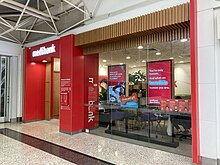Medicare is the publicly funded universal health care insurance scheme in Australia, along with the Pharmaceutical Benefits Scheme (PBS) operated by the nation's social security department, Services Australia. Medicare is the principal way Australian citizens and permanent residents access most health care services in Australia. The scheme either partially or fully covers the cost of most primary health care services in the public and private health care system. All Australian citizens and permanent residents have access to fully-covered health care in public hospitals, funded by Medicare, as well as state and federal contributions. International visitors from 11 countries have subsidised access to medically necessary treatment under reciprocal agreements.
Health insurance or medical insurance is a type of insurance that covers the whole or a part of the risk of a person incurring medical expenses. As with other types of insurance, risk is shared among many individuals. By estimating the overall risk of health risk and health system expenses over the risk pool, an insurer can develop a routine finance structure, such as a monthly premium or payroll tax, to provide the money to pay for the health care benefits specified in the insurance agreement. The benefit is administered by a central organization, such as a government agency, private business, or not-for-profit entity.

Universal health care is a health care system in which all residents of a particular country or region are assured access to health care. It is generally organized around providing either all residents or only those who cannot afford on their own, with either health services or the means to acquire them, with the end goal of improving health outcomes.
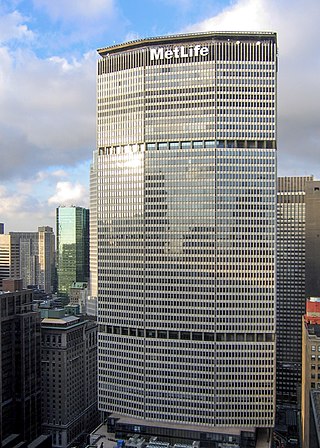
MetLife, Inc. is the holding corporation for the Metropolitan Life Insurance Company (MLIC), better known as MetLife, and its affiliates. MetLife is among the largest global providers of insurance, annuities, and employee benefit programs, with 90 million customers in over 60 countries. The firm was founded on March 24, 1868. MetLife ranked No. 43 in the 2018 Fortune 500 list of the largest United States corporations by total revenue.
Underwriting (UW) services are provided by some large financial institutions, such as banks, insurance companies and investment houses, whereby they guarantee payment in case of damage or financial loss and accept the financial risk for liability arising from such guarantee. An underwriting arrangement may be created in a number of situations including insurance, issues of security in a public offering, and bank lending, among others. The person or institution that agrees to sell a minimum number of securities of the company for commission is called the underwriter.
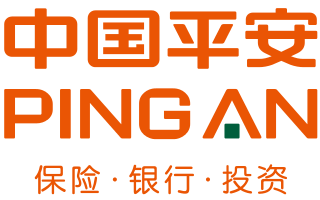
Ping An Insurance known also as Ping An of China, full name Ping An Insurance (Group) Company of China, Ltd. is a Chinese holding conglomerate whose subsidiaries provide insurance, banking, asset management, financial, healthcare services. The company was founded in 1988 and is headquartered in Shenzhen. "Ping An" literally means "safe and well".
Genworth Financial, headquartered in Richmond, Virginia, provides life insurance, long-term care insurance, mortgage insurance, and annuities.
Assurant, Inc. is a global provider of risk management products and services with headquarters in Atlanta. Its businesses provide a diverse set of specialty, niche-market insurance products in the property, casualty, extended device protection, and preneed insurance sectors. The company’s main operating segments are Global Housing and Global Lifestyle.
Samsung Fire & Marine Insurance is an insurance company based in Seoul, South Korea. Incorporated on January 26, 1952, under the name of "Korea Anbo Fire Marine Reinsurance Co.", the company changed its name to Samsung Fire & Marine Insurance Co., Ltd., in December 1993, after its takeover by Samsung Group dated back to 1958. Samsung Fire & Marine Insurance, SFMI in short, is operating property and casualty insurance business and third-party insurance business defined by the Korea Insurance Business Act, while engaging in providing financial services and instruments approved by relevant laws and regulations including the Korea Financial Investment Services and Capital Markets Act. Its business portfolio consists of automobile insurance, long-term insurance, general insurance, enterprise risk management, annuities, etc. As of the end of 2015, Samsung Fire & Marine Insurance has seven overseas subsidiaries in Indonesia, Vietnam, China, Brazil, Europe, US, and Singapore.
The Hospitals Contribution Fund of Australia, commonly referred to as HCF, is an Australian private health insurer headquartered in Sydney, New South Wales. Founded in 1932, it has grown to become one of the country's largest combined registered private health fund and life insurance company. HCF is the third-largest health insurance company by market share, and is the largest not-for-profit health fund in Australia.
Australia's insurance market can be divided into roughly three components: life insurance, general insurance and health insurance. These markets are fairly distinct, with most larger insurers focusing on only one type, although in recent times several of these companies have broadened their scope into more general financial services, and have faced competition from banks and subsidiaries of foreign financial conglomerates. With services such as disability insurance, income protection and even funeral insurance, these insurance giants are stepping in to fill the gap where people may have otherwise been in need of a personal or signature loan from their financial institution.
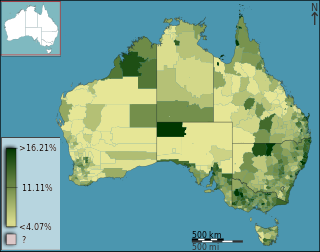
Health care in Australia operates under a shared public-private model underpinned by the Medicare system, the national single-payer funding model. State and territory governments operate public health facilities where eligible patients receive care free of charge. Primary health services, such as GP clinics, are privately owned in most situations, but attract Medicare rebates. Australian citizens, permanent residents, and some visitors and visa holders are eligible for health services under the Medicare system. Individuals are encouraged through tax surcharges to purchase health insurance to cover services offered in the private sector, and further fund health care.

Healthcare in the Netherlands is differentiated into several main categories. Firstly in three different echelons; secondly in physical (somatic) versus mental healthcare; and thirdly in "cure" versus "care".

Bupa, legally British United Provident Association Limited, is a British multinational health insurance and healthcare company with over 43 million customers worldwide.

Verisk Analytics, Inc. is an American multinational data analytics and risk assessment firm based in Jersey City, New Jersey, with customers in insurance, natural resources, financial services, government, and risk management sectors. The company uses proprietary data sets and industry expertise to provide predictive analytics and decision support consultations in areas including fraud prevention, actuarial science, insurance coverage, fire protection, catastrophe and weather risk, and data management.
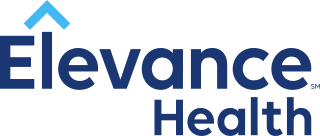
Elevance Health, Inc. is an American health insurance provider. Prior to June 2022, Elevance Health was named Anthem, Inc. The company's services include medical, pharmaceutical, dental, behavioral health, long-term care, and disability plans through affiliated companies such as Anthem Blue Cross and Blue Shield, Empire BlueCross BlueShield in New York State, Anthem Blue Cross in California, Wellpoint, and Carelon. It is the largest for-profit managed health care company in the Blue Cross Blue Shield Association. As of 2022, the company had 46.8 million members within its affiliated companies' health plans.

Tower is a New Zealand-based insurance company that provides car, home, contents, business, boat, pet, travel and other general insurance.
Overseas Student Health Cover (OSHC) is a compulsory health insurance product required by the Australian Government for international students studying in Australia. It is an insurance product that gives international students a level of insurance coverage based on the Australian Medicare system.
Comparethemarket.com.au is an Australian price comparison website operated by Compare the Market Pty Ltd, part of Innovation Holdings Australia Pty Ltd and BHL Holdings Limited. It offers a service for customers to compare a range of general insurance, health insurance, life insurance, energy and personal finance products.

